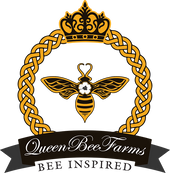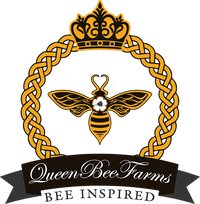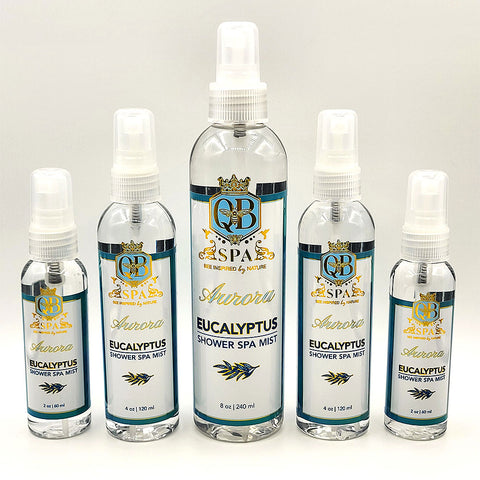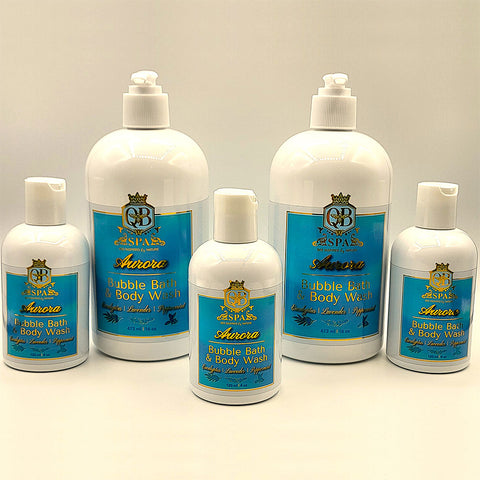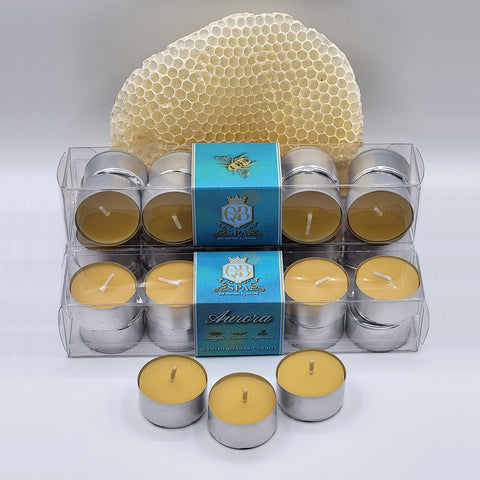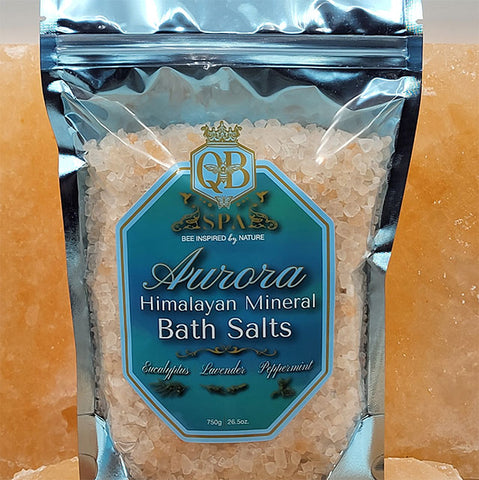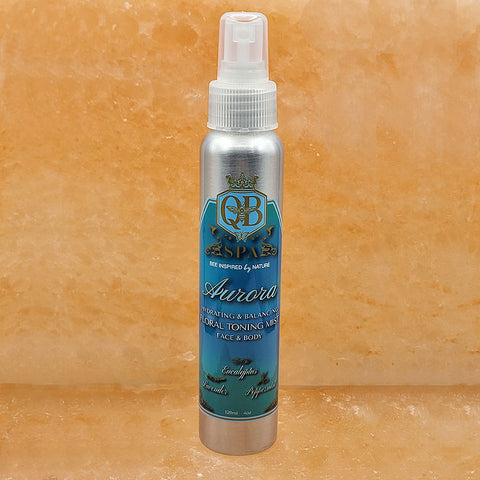At Queen Bee Farms we are passionate about our local pollinators! We encourage everyone to meet the pollinators and get acquainted with our friends who do the real work at our farms. Through the establishment of pollinator gardens and wildflower forage sites, we have witnessed the diversity and majesty of the bees, birds, butterflies, and of all the wildlife around us. Plus, be sure to do your part and establish habitat and forage plants for pollinators, see pollinator planting guides courtesy of Pollinator Partnership - Canada.
Meet the Bumblebee
Bumblebees are large fuzzy insects, with short stubby wings. They are larger than honeybees, but they do not produce as much honey. Nonetheless, bumblebees are very important pollinators found throughout most of the world...Click on the Bumblebee to learn more! |
Meet the Blue Orchard Mason BeeMason bees are named for their use of mud and other materials in constructing their nests in cavities between stones or burrowed out holes in wood. Being solitary bees, every female is fertile and makes her own nest, and no 'workers' exist...Click on the Mason Bee to learn more! |
Meet the Honeybee
Honeybees are known for the production and storage of honey in perennial nests made out of wax comb. Subspecies exist in many parts of the world, however the European honeybee, Apis mellifera, has been spread with the extent of colonial European settlement...Click on the Honeybee to learn more! |
The History of BeekeepingFrom stone age honey gatherers, to being spread to the point of supporting industrial modern agriculture with their pollinator services, the history of beekeeping is a story of a species that has allowed humans to establish permanent settlements and grow our food production base to where it is today...Click to learn more! |
Meet the HummingbirdHummingbirds are astonishing animals, having wings that flap 80 times per second, are the only species that can fly backwards or in any direction on a whim, and are the smallest known bird species in the world. They are a gardeners favourite, frequenting feeders and flowers for nectar and pollen...Click on the hummingbird to learn more!
|
Meet the Monarch Butterfly
Monarch butterflies are known for their annual migration from the Oyamel fir forests of Mexico to more northern latitudes in the United States and southern Canada to forage on milkweed. Unfortunately due to habitat destruction and a lack of available forage, the Monarch butterfly is critically endangered...Click on the Monarch to learn more! |
Meet the Woodland Skipper
The Woodland Skipper is a common native butterfly species that is dark brown and orange in colour, having small 'toothed' wings. Relatively small compared to their larger butterfly cousins, the skipper 'skips' from flower to flower collecting nectar from flowers from July to Septemeber...Click on the Woodland Skipper to learn more!
|
Meet the Western Tiger SwallowtailThe Swallowtail is a native large black and yellow coloured butterfly commonly found in woodland meadows and gardens near rivers, lakes and streams. They will emerge from their cacoons in the spring and summer to live only 6-14 days, collecting enough nectar from flowers to reproduce with other individuals...Click on the Swallowtail to learn more!
|
Meet the BatDid you know that bats are pollinators too?! In fact, bats have been called the "farmers of the tropics" helping to pollinate plants that produce some of peoples favourite foods such as banannas, mangoes, the cacoa tree for chocolate, and the agave plant for tequilla to name just a few. Moreover, fruit-eating bats are a keystone species for their role in restoring important rainforest habitats by dispering and spreading seeds from the fruit that they have eaten... click on the Bats to learn more! |
